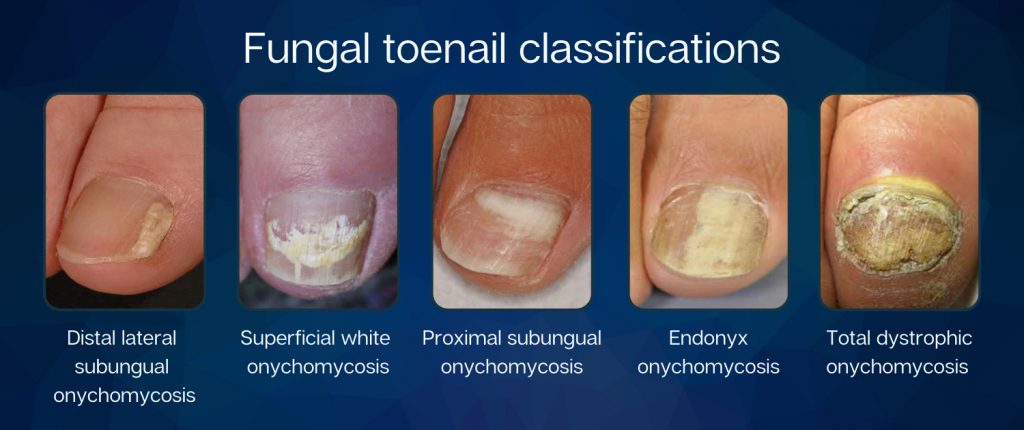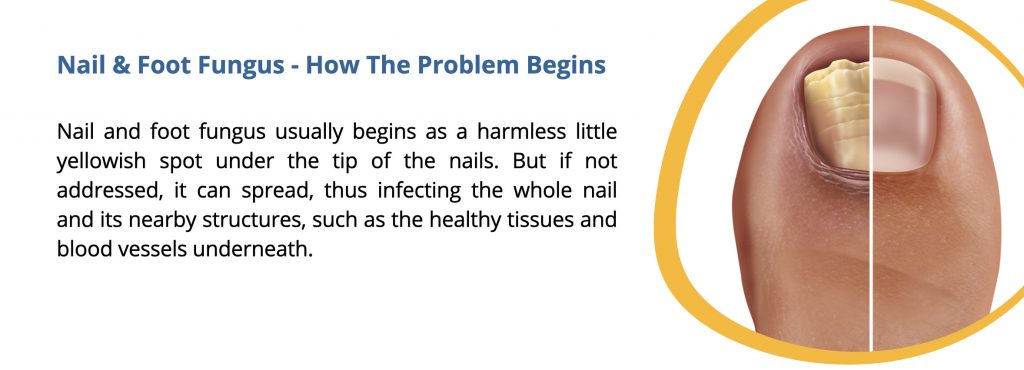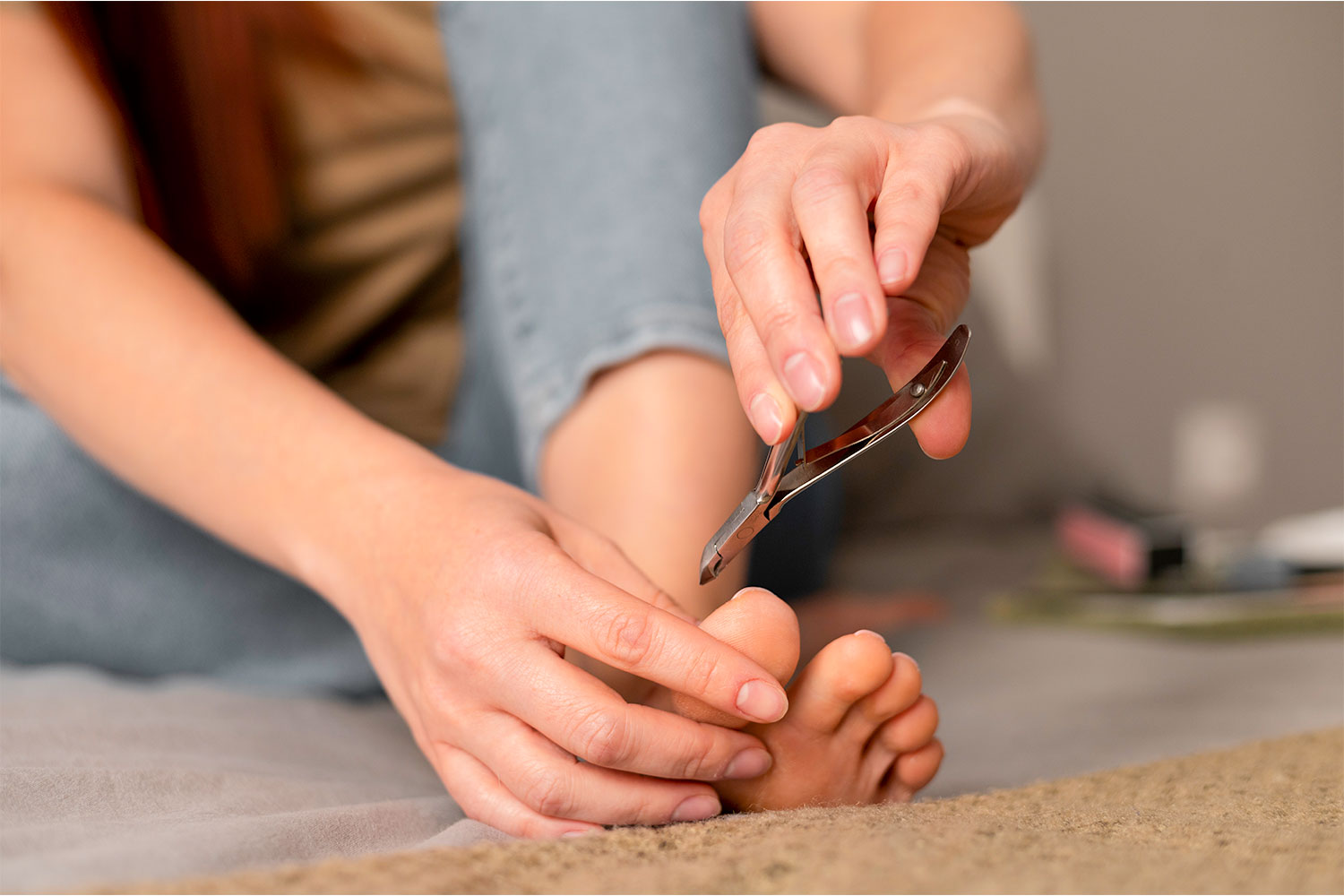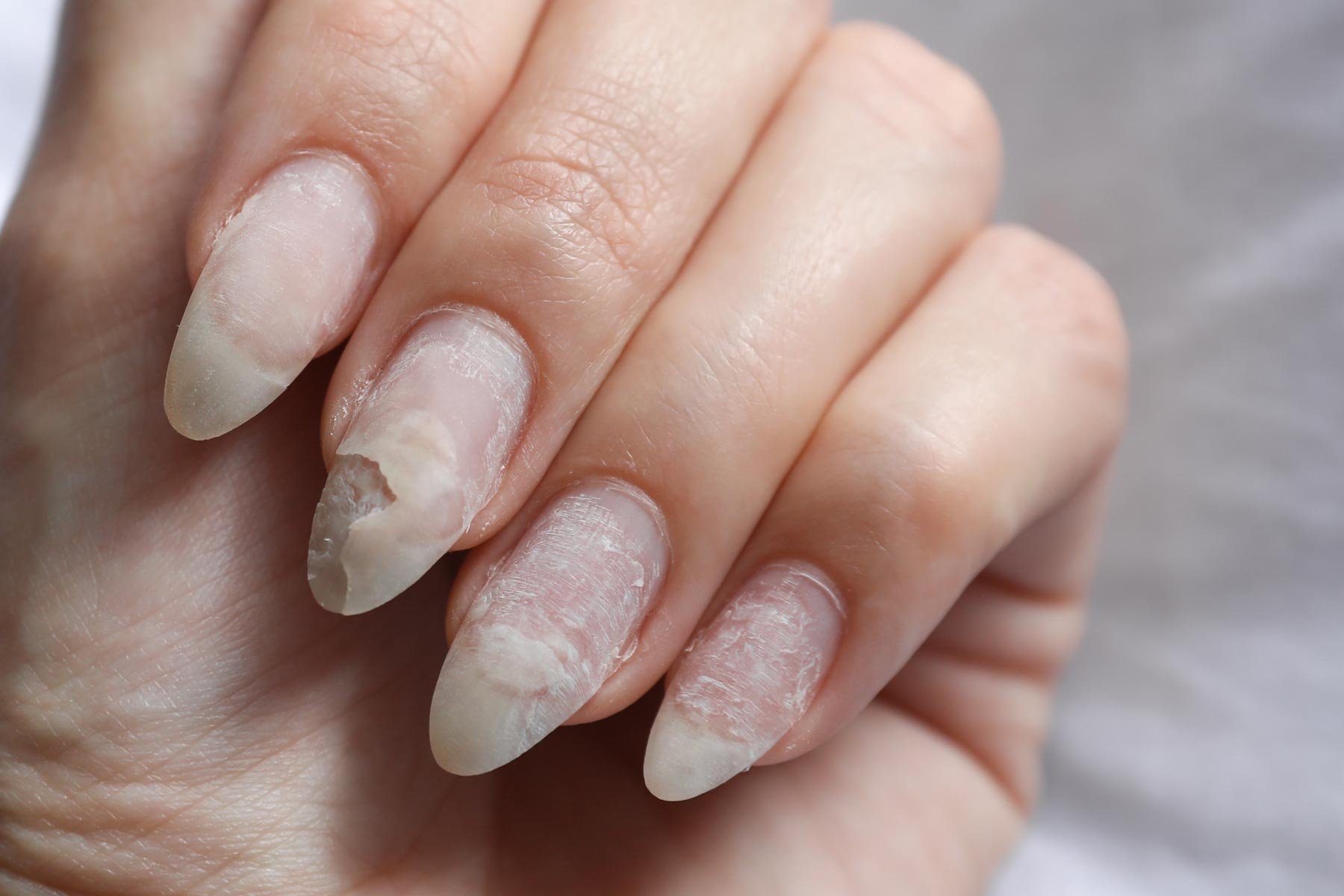Fungal nail infections, also known as onychomycosis, are a common problem affecting millions of people worldwide. These infections can cause nails to become discolored, brittle, thickened, and even painful if left untreated. While they are rarely life-threatening, fungal nail infections can be stubborn to treat and have a significant impact on quality of life.
This guide covers the most effective prevention strategies and treatment options to help you maintain healthy nails and avoid recurring issues.
What Are Fungal Nail Infections?
Fungal nail infections occur when fungi invade the nails or the surrounding skin. These infections typically affect toenails more frequently than fingernails due to their exposure to dark, damp environments.

Signs and Symptoms
- Thickened or brittle nails.
- Yellow, white, or brown discoloration.
- Nails separating from the nail bed.
- Crumbling edges or distorted shape.
- Possible foul odor in severe cases.
Causes

- Moisture and Warmth: Fungi thrive in humid environments, such as inside shoes or damp public areas like locker rooms.
- Injuries: Cracked or damaged nails can provide entry points for fungal pathogens.
- Weakened Immune System: Conditions like diabetes or compromised immunity increase susceptibility.
Preventing Fungal Nail Infections
Adopting preventive measures is the best way to reduce the risk of fungal nail infections. Simple lifestyle adjustments can make a big difference in protecting nail health.

1. Keep Your Feet Dry
- Wash feet daily with soap and water, and dry thoroughly, especially between toes.
- Avoid wearing damp socks or wet shoes for extended periods.
2. Choose Proper Footwear
- Wear breathable shoes made of materials like leather or mesh.
- Alternate footwear to allow drying time.
3. Use Protective Measures in Public Areas
- Always wear flip-flops in communal showers, gym locker rooms, and swimming pools.
- Disinfect shared tools like nail clippers or pedicure equipment.
4. Maintain Nail Hygiene
- Trim nails regularly and file down thickened areas.
- Avoid cutting nails too short to prevent injury.
5. Strengthen Immunity
- Eat a balanced diet rich in vitamins and minerals.
- Manage chronic health conditions to reduce infection risks.
Treatment Options for Fungal Nail Infections
If prevention fails and a fungal infection develops, effective treatments are available. The choice depends on the severity of the condition, the type of fungus, and your overall health.
:max_bytes(150000):strip_icc()/best-toenail-fungus-treatments-4174023_final-55eb0c1fbff44c2782c6f2a9100bcdf8.jpg)
1. Over-the-Counter Products
- Antifungal Creams and Lotions: These are ideal for mild infections but may not penetrate deeply into the nail.
- Medicated Nail Lacquers: Products like amorolfine or ciclopirox help treat surface-level fungal growth.
2. Prescription Medications
- Oral Antifungals: Terbinafine or itraconazole tablets can treat more severe infections. These medications attack the fungus from within, promoting healthy nail regrowth.
- Topical Prescription Solutions: Stronger antifungal solutions prescribed by a doctor are often used in combination with oral medications.
3. Laser Therapy
- This non-invasive option uses laser light to destroy fungal cells. While it’s effective for some, results can vary, and multiple sessions may be needed.
4. Surgical Nail Removal
- For advanced or resistant infections, partial or complete removal of the affected nail may be necessary. This allows for direct treatment of the nail bed.
5. Home Remedies
- Tea Tree Oil: Known for its antifungal properties, it can be applied directly to the nail.
- Apple Cider Vinegar Soaks: These may help slow fungal growth.
- Baking Soda Paste: A natural option for reducing moisture and preventing fungal spread.
Tips for Managing Recurring Infections
Fungal nail infections can be persistent, and recurrence is common without proper management. Follow these tips to avoid relapses:
1. Stick to a Maintenance Routine
- Apply antifungal powder or spray to shoes and socks regularly.
- Use antifungal cream on feet as a preventive measure.
2. Avoid Walking Barefoot
- Even in your own home, walking barefoot can spread fungi to clean surfaces.
3. Treat Athlete’s Foot Promptly
- Athlete’s foot can easily spread to nails, so treat foot infections at the first sign.
4. Inspect Your Nails Regularly
- Early detection of discoloration or changes in nail texture can lead to faster treatment.
5. Consult a Specialist

- If infections persist despite home remedies or over-the-counter treatments, seek advice from a dermatologist or podiatrist.
When to See a Doctor
While many cases of fungal nail infections can be managed at home, some situations require medical attention:
- Severe Symptoms: Pain, swelling, or inability to walk comfortably.
- Underlying Health Conditions: Diabetes or circulatory problems increase the risk of complications.
- Failure of Home Treatments: If the infection worsens despite attempts to manage it.
Conclusion
Fungal nail infections may be a common nuisance, but they don’t have to be a permanent problem. With proper prevention strategies and timely treatment, you can keep your nails healthy and reduce the chances of recurrence. Whether you opt for home remedies, over-the-counter solutions, or professional care, addressing fungal infections early is key to effective management.
Have you faced challenges with nail health? Share your experiences and tips in the comments. Visit our website for more in-depth guides, product recommendations, and expert advice to help you maintain strong and healthy nails!

Leave a Reply